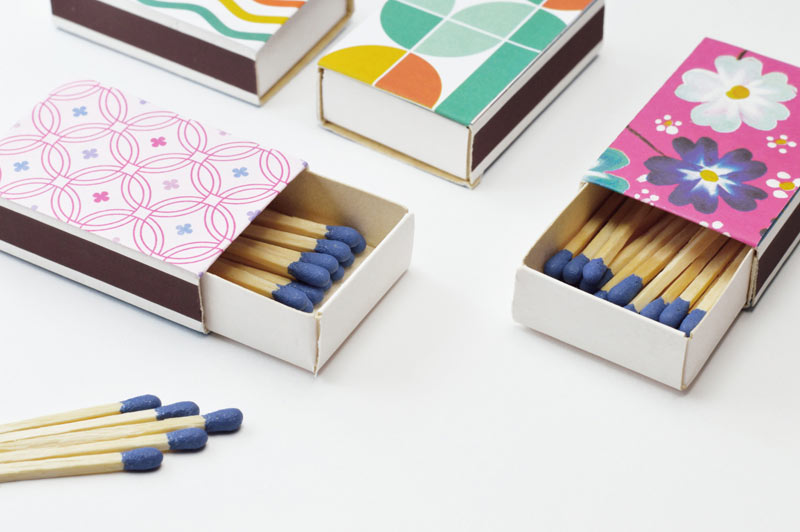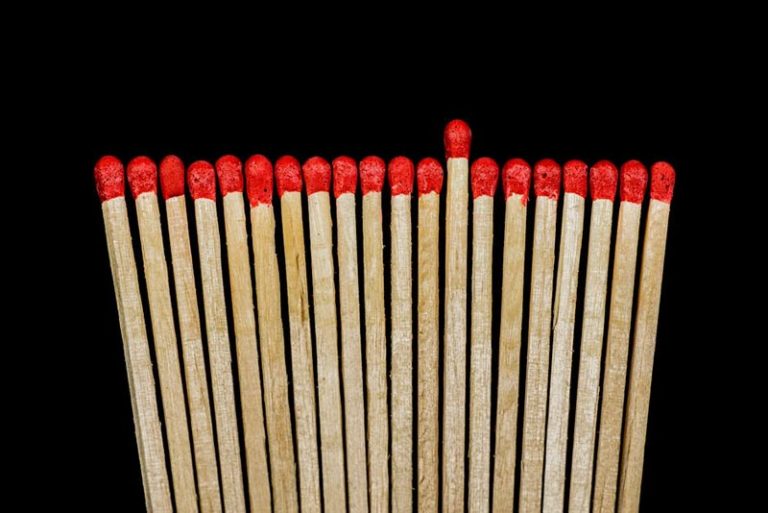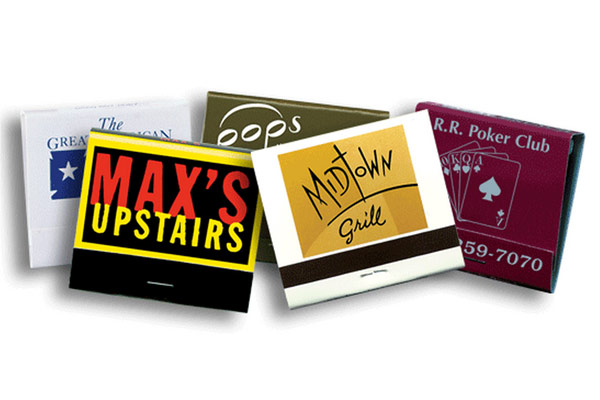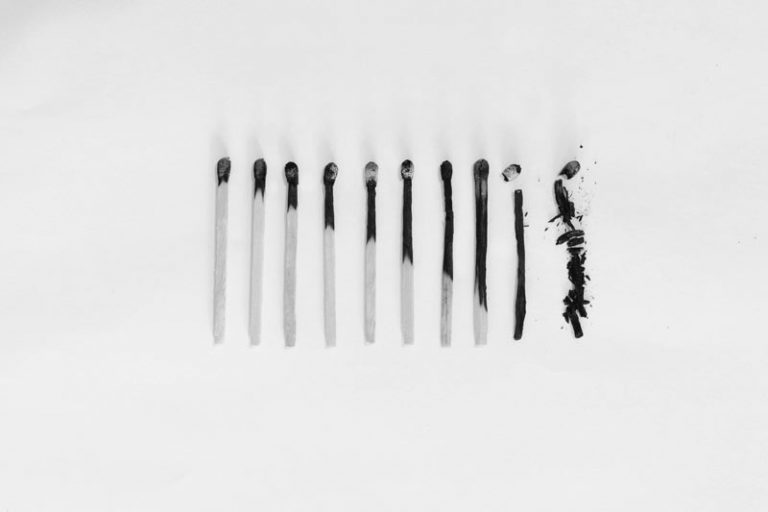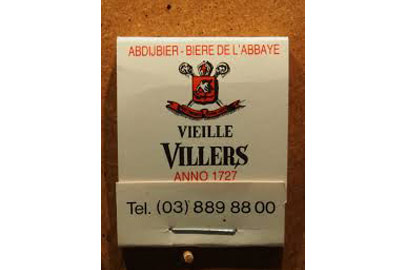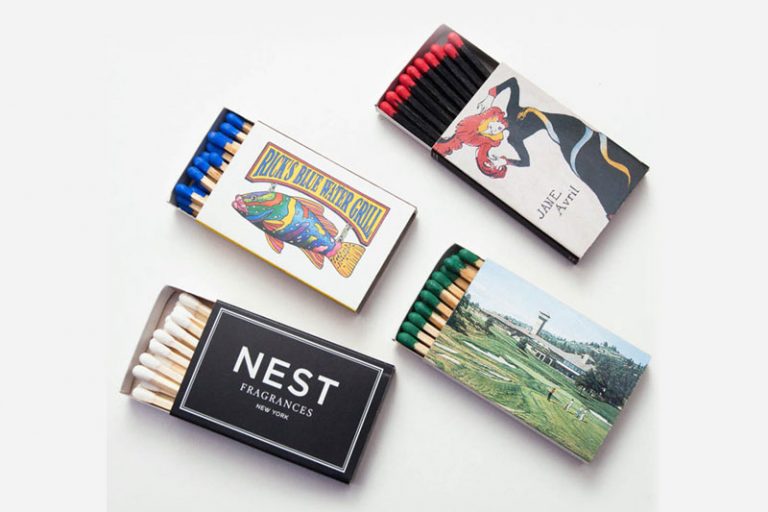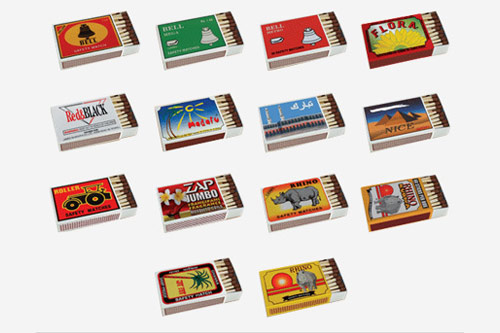Why Vector Graphics Are the Best Format For Printing Custom Matchbooks
Personalization is crucial to customer satisfaction in this day and age. You need custom products for your business.
What type of logo files work best on different items, whether it be custom matchbooks or T-shirts?
You need to understand vector art for your personalized brand products. Learn more about vector printing for your business needs.
What Is Vector Art?
Vector art is a graphic that uses algorithms. These allow your vector art to be scaled and altered across different sizes without losing quality or resolution.
This process means vector files can be easily resized and rescaled to fit your logo needs, from a T-shirt sized logo to custom matchbooks.
What Are Vector Files?
Vector art comes in a number of file types. To avoid formatting your business logo or icon incorrectly, you need to know these file types. They are:
- PDF (Portable Document Format)
- EPS (Encapsulated PostScript)
- AI (Adobe Illustrator)
- SVG (Scalable Vector Graphics)
- CDR (CorelDRAW)
Your access to some of these file types depends on the program the vector art has been created in. Some of these file types are universal, while others are software or operating system specific.
You may also find other file types that can be converted to vector files. These are often difficult to convert, so it is best to save in a vector art-friendly file type when possible.
Vector Graphics vs. Raster Graphics
Designers debate over the best file format for printing. Some favor vector art while others support raster graphics. Raster images, also known as bitmap images, are photos composed of pixels or dots.
What are the benefits and deficits of each?
Vector Graphics
Vector art only has one downside. It does not handle photographic images well. On the upside, it offers many more benefits for customized brand products.
Vector graphics are often smaller than raster graphics. This option makes it easier to store and share. They are also easily convertible because of their small size.
Additionally, vector graphics does not rely on resolution, such as vector graphics. Instead, image quality is preserved, no matter the size required.
Raster Graphics
Raster files rely on image resolution, which means heavy pixelation in resizing. Raster graphics are also very large, which means they could not be easily rescaled for custom matchbooks. Converting raster graphics to vector art is often challenging.
The upsides to raster graphics are their size. Although they offer no benefit to a range of personalized products, they are ideal for large photographs and added textures or filters. They are great for web design and virtual image manipulation.
Why the Printer Needs Vector Art for a Perfect Custom Matchbook Design
Now that we have compared the vector graphics vs. raster graphics, you know the best files to upload for your business’ custom logo products. Of course, you might still need help setting up your art for your custom matchbook design.
Fortunately for you, Wagner Match offers unmatched support for your custom logo needs. Get a quote today so we can heat up your brand with custom matchbooks.
Wagner Match has specialized in providing impeccable service to the hospitality, entertainment and service industries since 1981.

